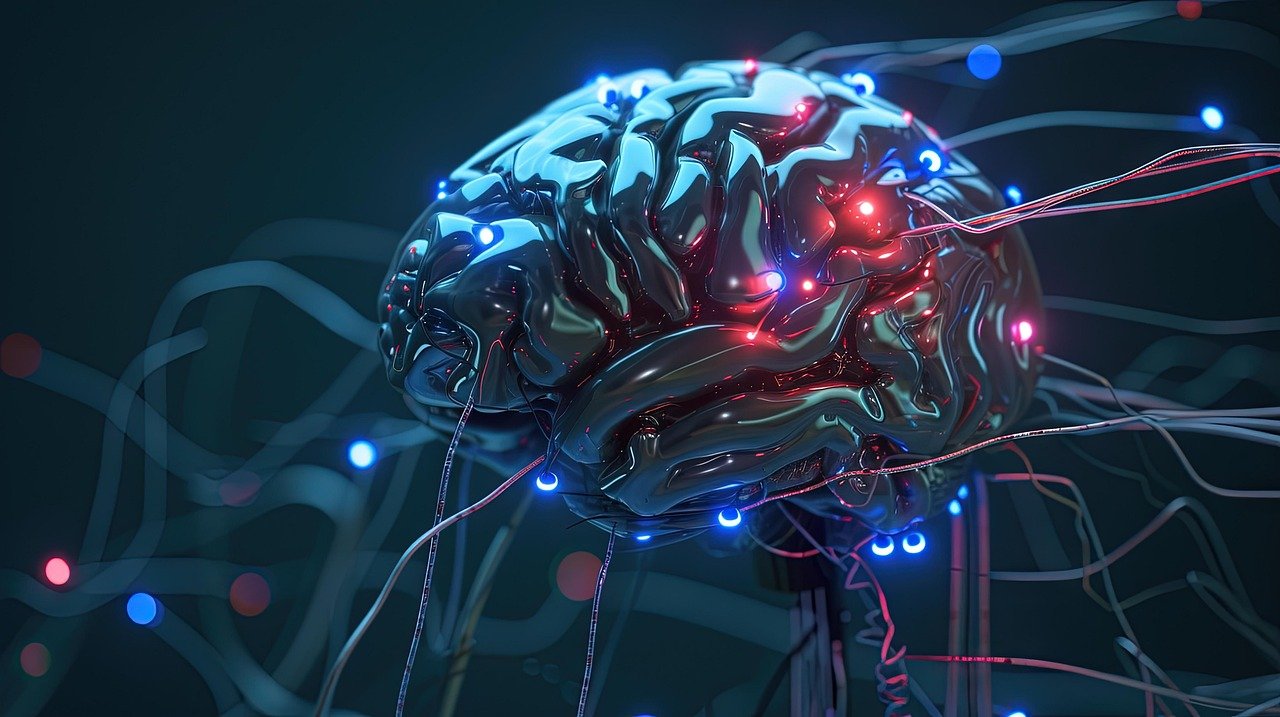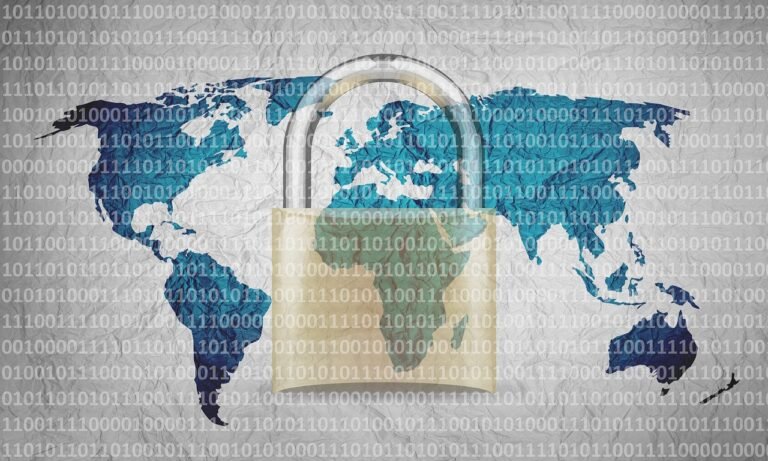Robust MLSecOps vital for managing vulnerabilities
Organisations that fail to adapt their security programs while implementing Artificial Intelligence (AI) risk exposure to a range of both traditional and emerging threats. MLSecOps addresses this critical gap in security by integrating AI and Machine Learning (ML) development with stringent security protocols. Establishing a robust MLSecOps foundation is vital for proactively mitigating vulnerabilities and simplifying the remediation of previously undiscovered flaws. AI and ML systems must remain trustworthy, resilient, and secure. According to a white paper from the Open Software Security Foundation, MLSecOps can assist security teams in embedding protections as their operations scale. However, as organisations enhance their ML and AI security, they will encounter six significant challenges that require leadership and security strategists to identify potential risks in their models.
One of the primary challenges is defining the unique and evolving threat landscape. Many security practices from DevSecOps, a related field, do not effectively address the AI threat landscape. DevSecOps focuses on conventional software vulnerabilities, while AI and ML systems introduce new threat vectors, such as data poisoning, adversarial inputs, model theft, and privacy-specific attacks like model inversion and membership inference. To defend against these threats, security professionals must develop controls tailored specifically for the ML lifecycle. Additionally, the hidden complexity of continuous training adds another layer of difficulty to MLSecOps security. Each retraining of a model can introduce new vulnerabilities, necessitating that each version be treated as a new product. Continuous tracking of model training is essential to maintain the security of MLSecOps programs. Furthermore, managing the opacity and interpretability of ML models presents challenges, as these models often function as “black boxes,” limiting the ability to audit or verify their behaviour, which is a crucial aspect of cybersecurity.








